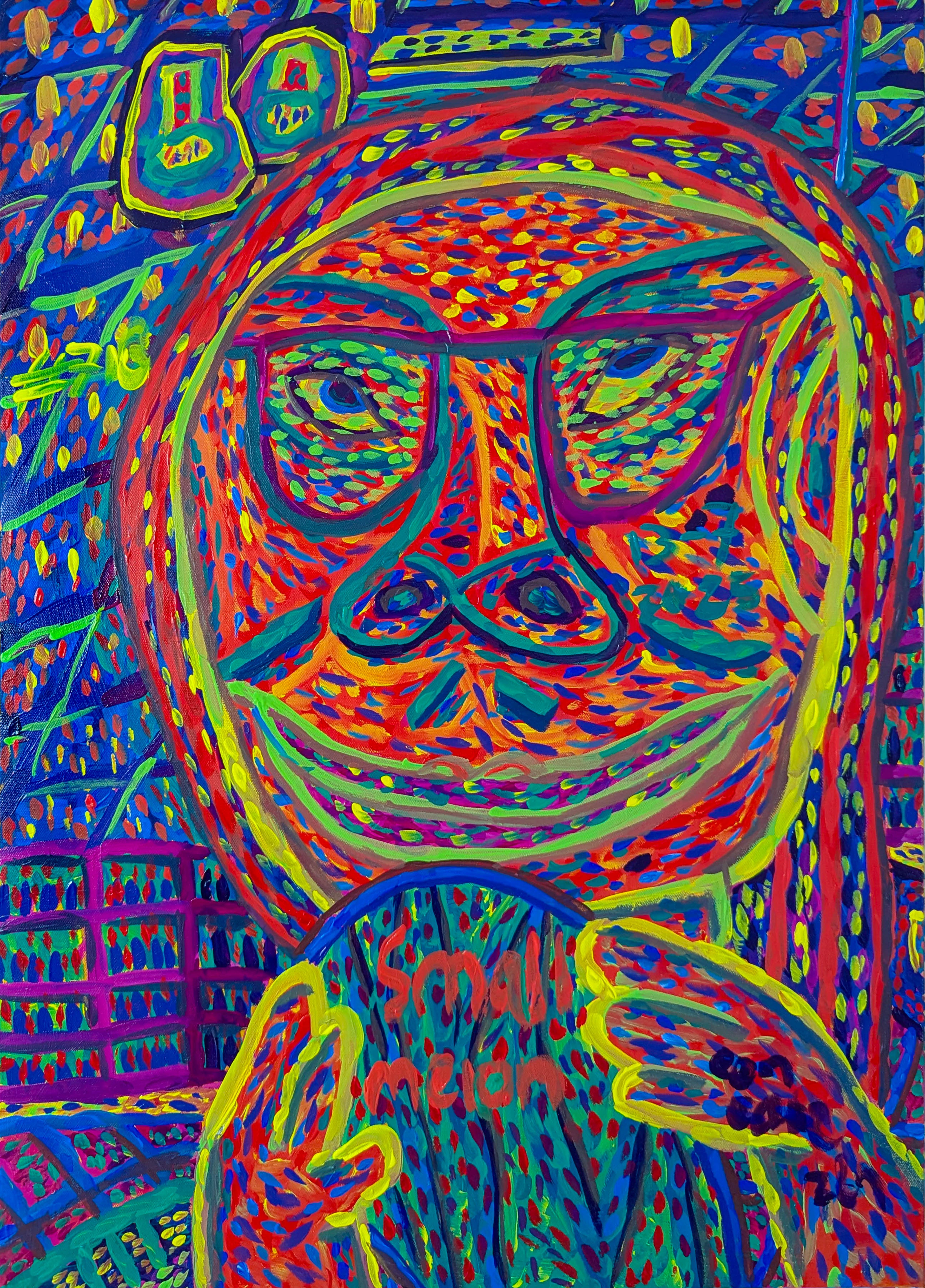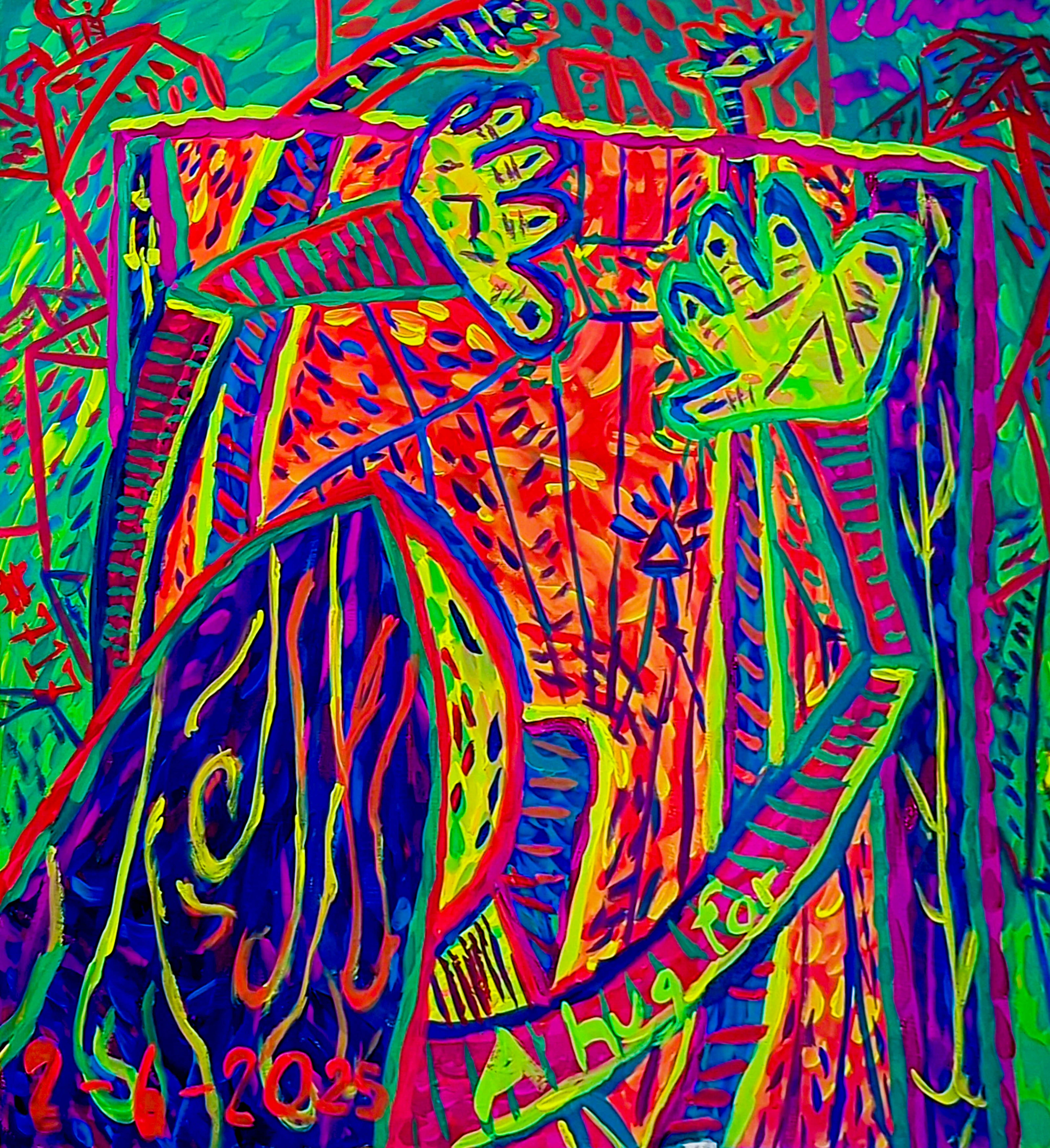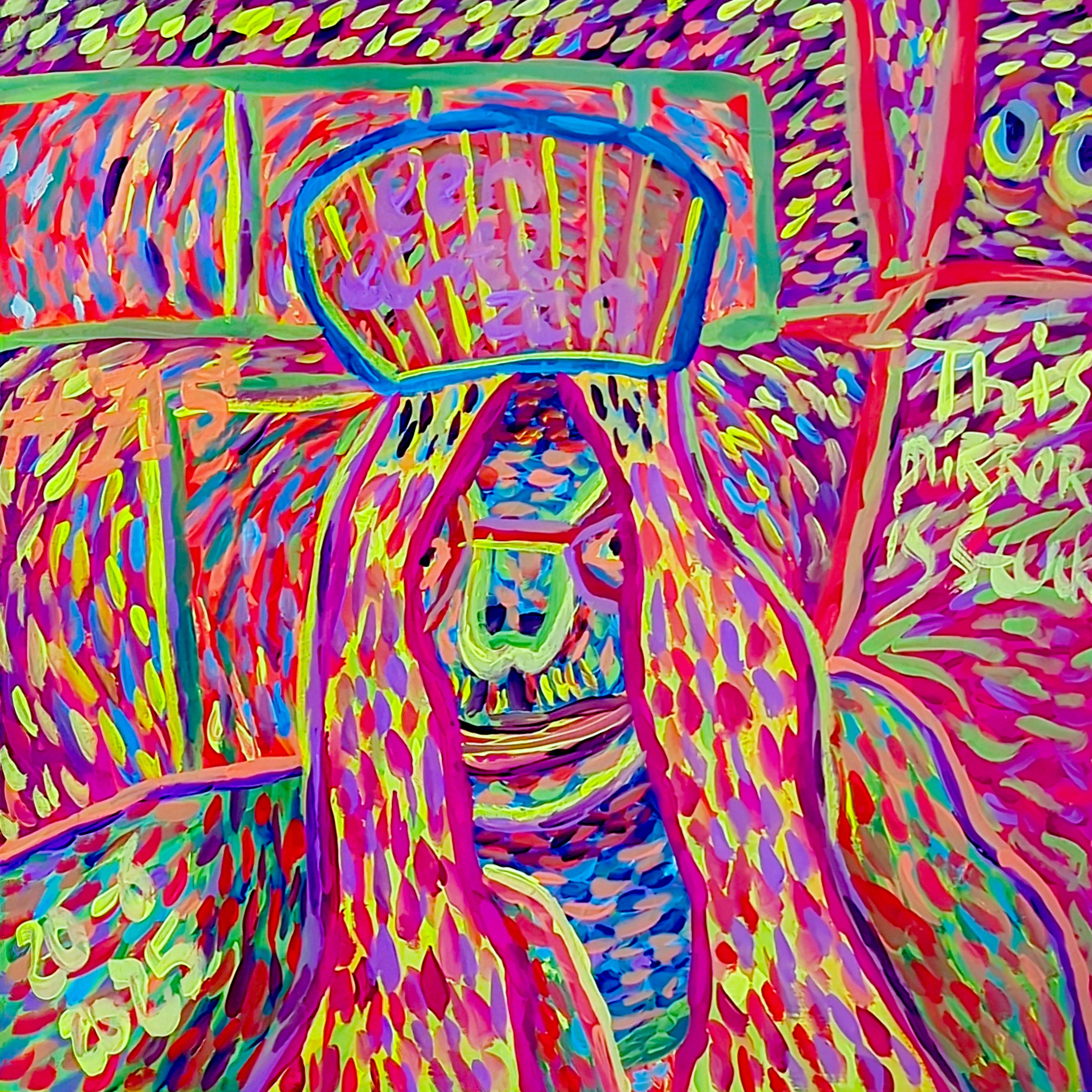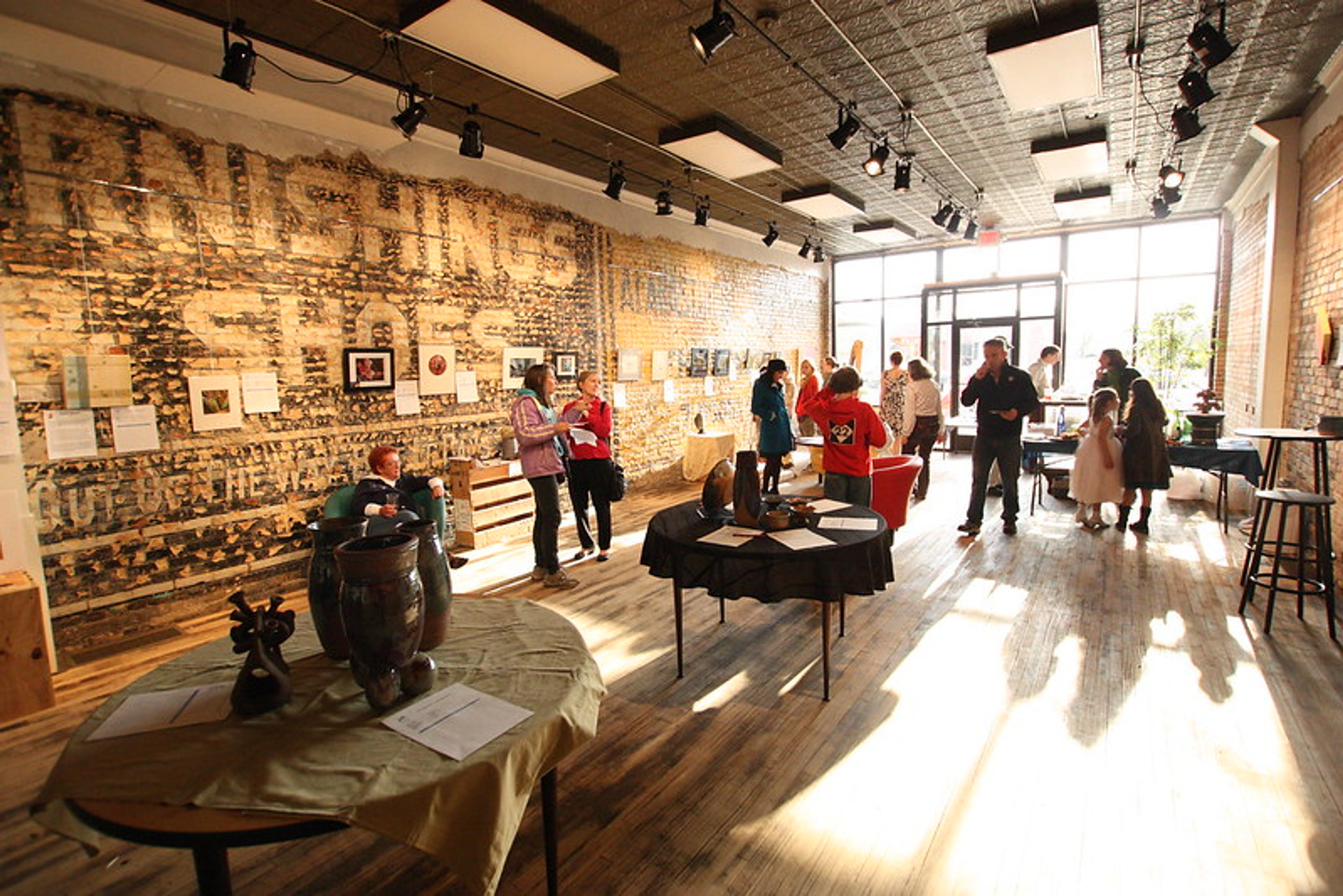
An Artist's Expanded Guide to the Best Museums in the Netherlands
An artist's deeply personal and expanded guide to the best museums in the Netherlands, offering technical insights, exploring hidden gems outside Amsterdam, sharing practical tips for creatives, and reflecting on art, inspiration, and the creative process.
My Personal Journey Through the Best Museums in the Netherlands: An Expanded Guide for Artists
Oh, the Netherlands! A country often painted (pun intended) with windmills, tulips, and canals. And while all that is lovely, for an artist like me, it's the museums that truly make my heart sing. There's something incredibly grounding and inspiring about walking through halls filled with centuries of creativity, seeing how others wrestled with their ideas, their materials, and the world around them. It's a conversation across time, a chance to feel a connection to the human experience through art. Sometimes, standing before a masterpiece, I find myself thinking about the artist's daily struggles, the light in their studio, the very feel of the paint on their brush. It's a connection that transcends time, a silent conversation about the shared human drive to create. It reminds me why art is important and connects me to the vast history of art.
I remember one visit to a small, lesser-known museum outside the main cities – I won't name it, part of the magic was the discovery – where I stumbled upon a single, unassuming still life from the 17th century. It wasn't a famous piece, but the way the artist had captured the texture of a lemon peel or the glint on a glass felt so incredibly real, so immediate. It wasn't just about the finished product; it was a window into that artist's hand, their eye, their quiet focus in that moment centuries ago. That feeling, that direct line to another creative soul across time, is what keeps me coming back. It's like finding a kindred spirit across the centuries, a reminder that the creative impulse is a timeless, shared language.
If you're an art lover, a history buff, or just someone looking for a dose of wonder, the Dutch museums are an absolute treasure trove. This small country packs an incredible punch when it comes to art and culture, boasting a density and variety of museums that's truly remarkable. Why is that? Perhaps it's tied to a rich history of trade, exploration, and patronage, where wealth generated from global ventures fueled a demand for art and supported artists. The Dutch Golden Age, in particular, saw a burgeoning middle class eager to decorate their homes, creating a unique market for genre scenes, still lifes, and landscapes alongside traditional portraiture and historical subjects. This historical context is fascinating for understanding the ecosystem artists operated within. Whatever the reason, it means there's a museum here for almost every interest.
For me, museums feel like a sanctuary. Maybe it's the quiet reverence, the smell of old wood and polish, or the sheer volume of stories held within the walls, but they are places where you can slow down, really look, and let the art speak to you. It's a stark contrast to the often-noisy, fast-paced world outside. As an artist, museums are also classrooms and inspiration hubs. Seeing the brushstrokes up close, understanding the scale of a piece, or even just observing how others react to the art – it all feeds the creative soul. It's a powerful reminder that even the masters had a daily grind, wrestling with materials just like I do in my own studio. Speaking of which, if you're curious about my own creative space, you can learn more about my artist's journey.
Let me share some of my personal favorites and thoughts on navigating this rich landscape.
Dutch Art Movements to Look Out For
As you explore these museums, you'll encounter key periods and movements that shaped Dutch art history and continue to influence artists today. Seeing examples of these movements in person provides invaluable context for understanding the evolution of artistic ideas and techniques. More than just historical footnotes, these movements offer lessons in technique, philosophy, and how artists respond to their times, all of which can inform contemporary practice. Keep an eye out for:
- Dutch Golden Age: (17th Century) Think Rembrandt, Vermeer, Hals, Steen. Characterized by incredible realism, mastery of light (chiaroscuro), detailed genre scenes, portraits, landscapes, and still lifes. Reflects the prosperity and cultural flourishing of the time, and offers insights into the historical art market and patronage that supported artists then.
- The Hague School: (Mid-19th Century) Artists like Jozef Israëls and Anton Mauve, influenced by the French Barbizon School. Known for realistic, often somber, depictions of rural life and landscapes, particularly around The Hague. Their focus on atmosphere and light in nature can be inspiring for plein air painting or art about nature.
- Amsterdam Impressionism: (Late 19th Century) Artists like George Hendrik Breitner and Isaac Israëls. More focused on city life, dynamic brushwork, and capturing fleeting moments and light, similar to French Impressionism but with a distinct Dutch feel. Their energetic approach to urban scenes offers lessons in capturing movement and atmosphere.
- De Stijl: (Early 20th Century) Founded by Piet Mondrian and Theo van Doesburg. Advocated for pure abstraction using only vertical and horizontal lines and primary colors plus black, white, and grey. Sought universal harmony and order through art and design. Studying their principles can offer insights into abstract art, design in art, and the power of simplicity.
- Cobra: (Post-WWII) An avant-garde movement (Copenhagen, Brussels, Amsterdam) including artists like Karel Appel and Corneille. Characterized by spontaneous, expressive, often childlike forms and vibrant colors, reacting against perceived rationalism and geometric abstraction. Their raw energy and use of color can be a powerful antidote to overthinking in the studio.
Amsterdam's Artful Heartbeat: The Big Three (and More)
Okay, picking favorites is tough, like choosing a favorite color (impossible!). Amsterdam certainly has its giants, but the Netherlands offers so much more. If you're here and want to experience some truly world-class art, these are the places I keep coming back to, both in and outside the capital.
The Big Three in Amsterdam
Amsterdam is, of course, the heavyweight champion when it comes to museums. You could spend weeks here and still not see everything. But these three are non-negotiable in my book.
The Rijksmuseum
This is the grand dame. The national museum. Home to the Dutch Masters. Walking into the Hall of Fame and seeing Rembrandt's 'The Night Watch' is an experience that honestly gives me goosebumps every single time. It's massive, it's dramatic, and the light... oh, the light! As an artist, I'm always drawn to Rembrandt's use of chiaroscuro – the dramatic interplay of light and shadow. Look closely at the texture; the impasto painting on certain details makes the figures practically leap off the canvas. How did he achieve that depth and movement with paint? It makes you wonder about the stories behind the faces, the sheer skill involved in managing such a vast composition.
Seeing the scale of 'The Night Watch' up close always reminds me of the logistical challenges artists face with large works – how do you even move something that big? And the detail in Hals's portraits, the lively brushwork, makes me think about capturing personality with just a few strokes. Observing the subtle glazing layers used by Golden Age painters to build depth and luminosity is a masterclass in technique that I often ponder in my own studio. It's a masterclass in how artists use light and shadow dramatically and the power of impasto painting.
Beyond the famous paintings, take a moment to appreciate the incredible detail in objects like the dollhouses or ship models. These aren't just historical curiosities; they are stunning examples of craftsmanship and miniature art. The dedication to capturing reality in a different medium – wood, textile, metal – is a reminder that artistic skill manifests in countless ways, blurring the lines between craft and fine art. It makes you think about patience, precision, and the beauty found in unexpected places within a vast collection. Also, pay attention to the architecture itself; the light filtering through the atrium or the grand staircases can be inspiring for composition and perspective. Notice how the art is displayed and lit – these are design choices that subtly influence how you perceive the work. The Rijksmuseum is a deep dive into a specific, incredibly rich period of art history, housed in a building that feels as much a masterpiece as the art inside.
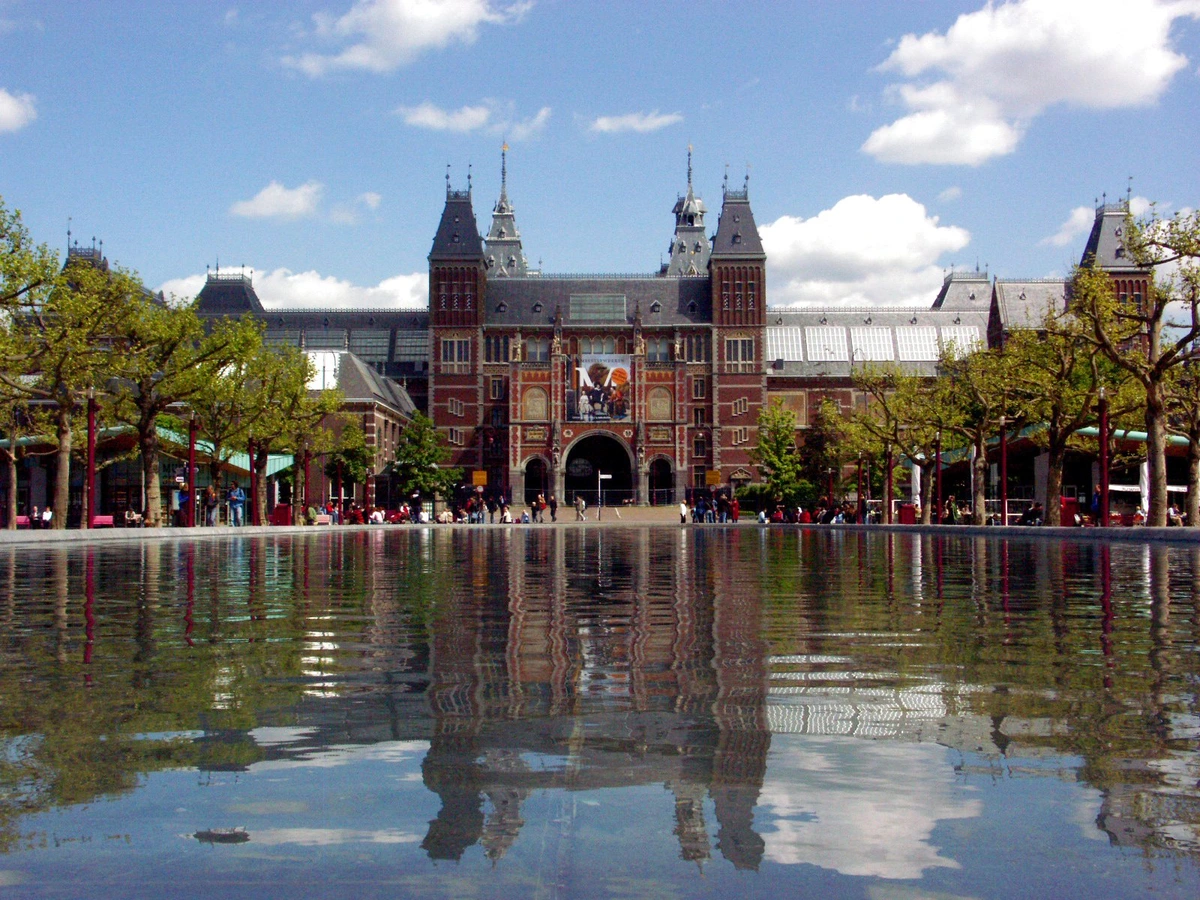
The Van Gogh Museum
Ah, Vincent. His story is one that resonates deeply with many artists – the passion, the struggle, the vibrant, almost desperate need to create. This museum is a journey through his life and work, from the early, somber pieces to the explosion of color and emotion in his later years. Seeing his brushstrokes up close, the texture of the paint – it's like getting a glimpse into his very soul. The directionality of his brushwork, the way he built up layers of vibrant color, feels revolutionary even today. They have 'Sunflowers', 'Almond Blossoms', and so many self-portraits that track his emotional state. For me, it's the raw honesty and the incredible texture he built with paint that is endlessly fascinating. How did he achieve that vibrancy? What was he feeling in that moment? It makes me think about the emotional weight we pour into our own work.
Seeing the stark contrast between his early, dark works like 'The Potato Eaters' and the explosive color of his later Arles period is a powerful lesson in artistic evolution and the courage to experiment. It mirrors my own journey of finding my voice and style – sometimes you have to push boundaries, even if it feels uncomfortable. His fearless use of color and texture constantly pushes me to be bolder in my own material exploration. If you want to know more about his incredible life, check out my ultimate guide to Van Gogh. This museum offers a profound look at the evolution of an artist's vision and technique.
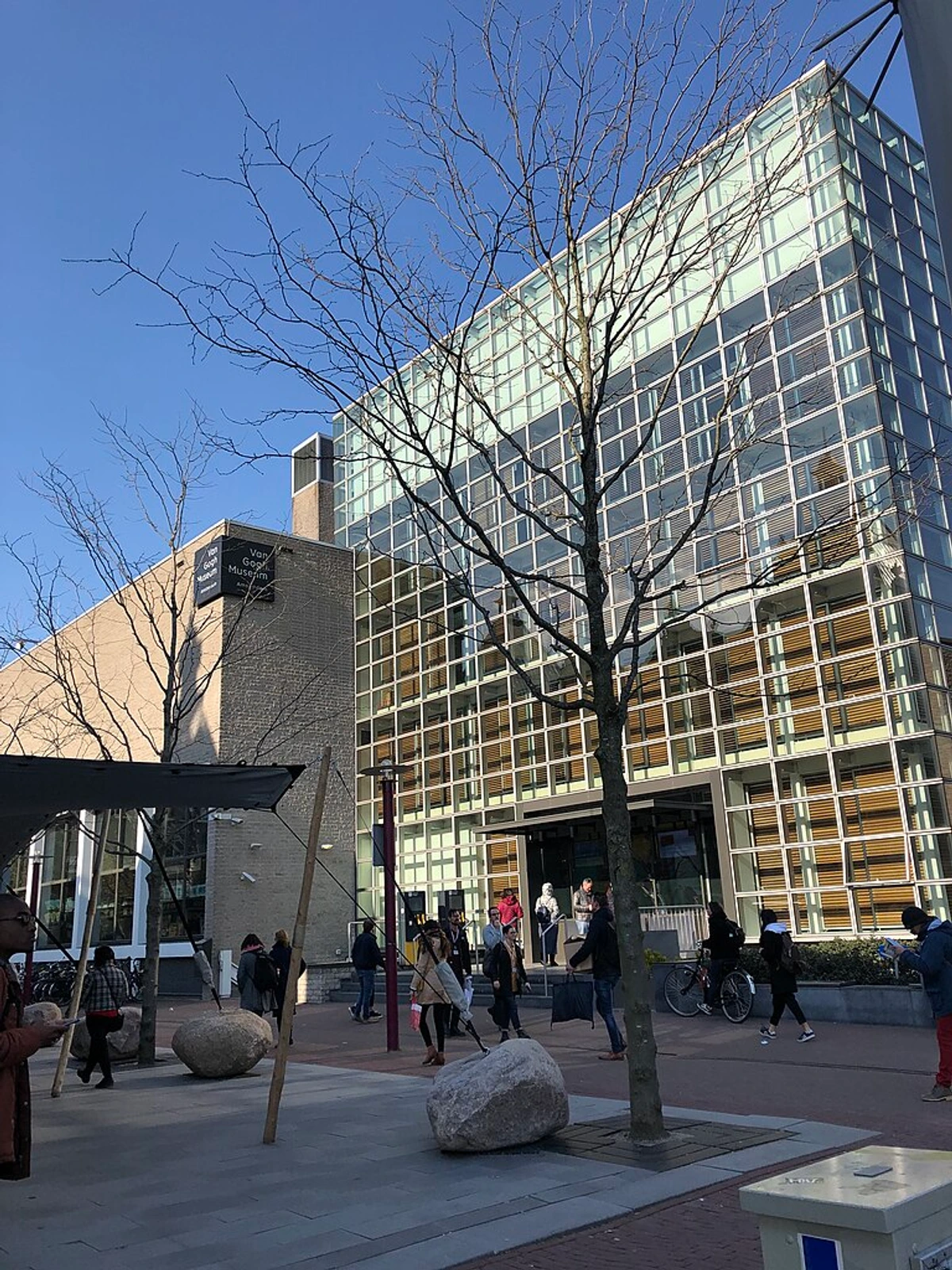
The Stedelijk Museum Amsterdam
Right next door to the Van Gogh Museum is the Stedelijk, Amsterdam's museum for modern and contemporary art. This is where things get a bit more... challenging, in the best way. You'll find works by Mondrian, Malevich, Warhol, and ever-changing exhibitions that push boundaries. It's a place to confront new ideas, question what art can be, and sometimes just stand there thinking, "What am I even looking at?" – and that's okay! It's a vital space for seeing how art evolves and reflects our current world. As someone who works with contemporary art, the Stedelijk feels like a laboratory of the present, constantly experimenting with form, concept, and material.
The building itself, with its striking "bathtub" extension, is a piece of modern design that sets the tone before you even step inside. Seeing Mondrian's evolution here, from early landscapes to the iconic grids, is a lesson in artistic discipline and the power of abstract art. It makes you appreciate the precision and balance he achieved with seemingly simple elements. It's also a great place to see how design in art plays a crucial role, blurring the lines between fine art and applied arts.
I remember seeing an installation here once – it involved sound and light in a dark room, and honestly, my first thought was "What is this?" But sitting with it, letting the sensory experience wash over me, it completely shifted my perspective on how art can engage senses beyond just sight. It was a powerful reminder that contemporary art often asks you to participate, to feel, to question, rather than just admire. It pushed me to think about my own work and how I could potentially engage viewers on different levels. The Stedelijk is essential for understanding the trajectory of modern art and the cutting edge of contemporary practice.
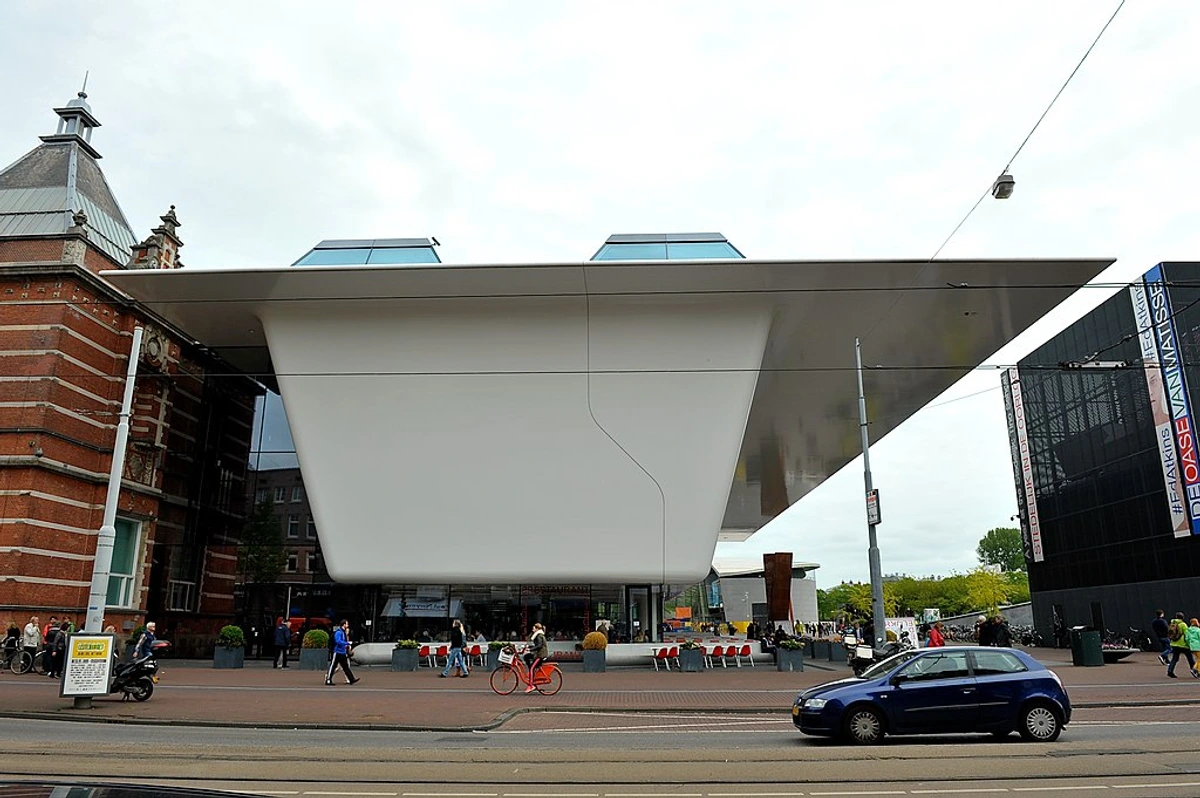
Other Amsterdam Gems
Beyond the big three, Amsterdam has more to offer the curious art seeker:
- Moco Museum: Located in a beautiful old townhouse, Moco focuses on modern and contemporary art with a slightly more accessible, pop-culture edge. Think Banksy, Warhol, Dalí. It's often a bit crowded, but the selection is usually thought-provoking and visually striking. It's a good spot if you're looking for art that feels immediately relevant and perhaps a little rebellious. Seeing Pop Art here, like Warhol's work, always makes me think about the intersection of art and commerce, and how artists navigate that space.
- Foam (Photography Museum Amsterdam): If photography is your thing (and as an artist, I find it endlessly inspiring), Foam is a must-visit. They have fantastic, often challenging, exhibitions ranging from historical masters to cutting-edge contemporary photographers. It makes you think about composition, light, and storytelling in a different medium. The way photographers capture a moment, a feeling, or a narrative through a lens is a masterclass in visual storytelling techniques in narrative art. It's a reminder that art isn't just paint on canvas. For visual artists, studying how photographers use light, frame a scene, or build a narrative across a series can offer fresh perspectives on composition and emotional impact in your own work. Foam offers a focused deep dive into the power and evolution of the photographic medium.
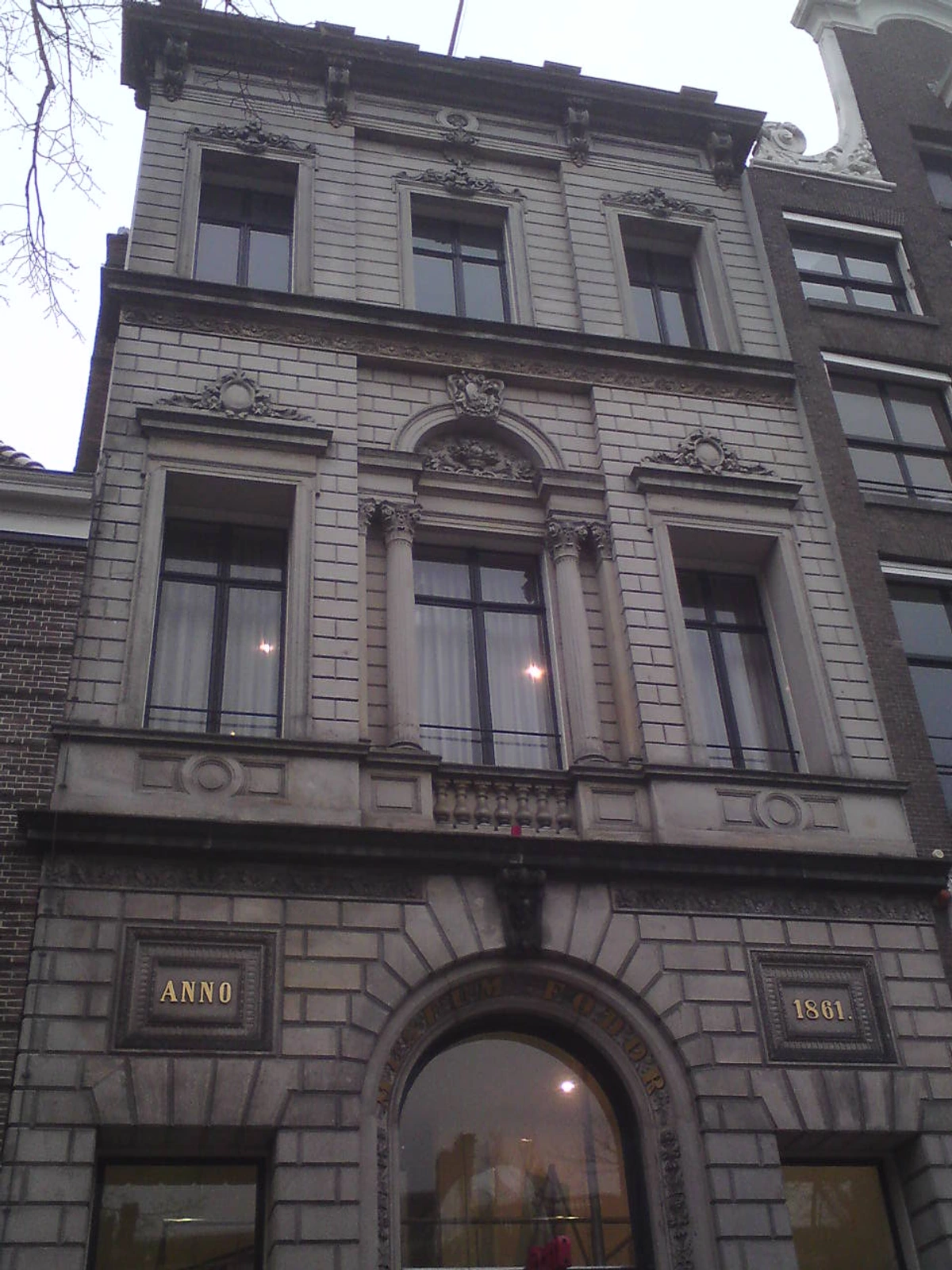
- Rembrandt House Museum: Step back in time and see where Rembrandt lived and worked. It's not a traditional art museum filled with finished paintings (though they have some), but rather a chance to see his etching studio, his collection of curiosities, and get a feel for the environment that shaped his genius. For an artist, seeing the tools and the space is incredibly insightful. You can almost smell the ink and feel the quiet concentration of his working life. His collection of objects – shells, taxidermy, busts – shows a fascinating curiosity about the world, a reminder that inspiration comes from everywhere. Seeing his etching press and the tools he used makes the technical side of his genius feel tangible, connecting his mastery to the physical reality of the artist's craft. It's a powerful reminder that even the masters had a daily grind. This museum offers a unique window into the historical context and daily life of a master artist.
Beyond the Canals: Dutch Treasures Worth the Trip
While Amsterdam is a must, to truly appreciate the breadth of Dutch art and culture, you must venture outside the capital. It's like discovering a hidden studio outside the main city buzz – often quieter, sometimes more focused, and always rewarding. Let's explore some gems in other cities.
The Hague: Masters and Modernity
The Hague (Den Haag) is not just the political capital; it's a serious contender for art lovers, offering a fantastic mix of old and new.
Mauritshuis
A jewel box of Dutch Golden Age painting. This is where you'll find Vermeer's 'Girl with a Pearl Earring'. Seeing this iconic painting in person is breathtakingly intimate. The way Vermeer captures light, the subtle shift in her gaze – it's a masterclass in portraiture and atmosphere. The collection is smaller than the Rijksmuseum, but every piece is a masterpiece. It feels less overwhelming and allows for a more focused appreciation of the incredible skill of artists like Rembrandt, Steen, and Hals. The building itself, a former palace, adds to the feeling of stepping into a precious, perfectly curated world. Looking at Vermeer's use of light here always makes me reconsider my own approach to capturing form and mood with light and shadow. Pay close attention to the rendering of fabrics in paintings by artists like Gerard ter Borch or Gabriel Metsu; the way they capture the sheen of silk or the texture of velvet with paint is simply astonishing and offers insights into material representation. The Mauritshuis is a concentrated dose of Golden Age brilliance.
Kunstmuseum Den Haag
Formerly known as the Gemeentemuseum, this is another absolute must-visit in The Hague, especially if you appreciate modern art and design. It boasts the world's largest collection of Mondrian works, including the iconic 'Victory Boogie Woogie'. Seeing the evolution of Mondrian's style, from early landscapes to his abstract grids, is incredibly insightful. The building itself, designed by H.P. Berlage, is a stunning example of early 20th-century architecture – clean lines, beautiful materials, and a sense of calm that perfectly complements the art. They also have strong collections of De Stijl, Art Deco, and modern ceramics and fashion. It's a place that shows how art and design permeate all aspects of life. For anyone interested in modern art and its history, this is essential. Seeing Mondrian's work here, you can really trace the path of abstract art and understand his dedication to pure form and color. The sheer precision and balance in a piece like 'Victory Boogie Woogie' are mesmerizing; it's not just random lines and blocks, but a carefully constructed visual rhythm that speaks to incredible artistic discipline. Observing the design collections here can also spark ideas about form, function, and material use in your own work, even if you don't work in design. This museum is a cornerstone for understanding modernism and design.
Escher in Het Paleis
For something completely different, head to Escher in Het Paleis. Housed in a former royal palace, this museum is dedicated to the mind-bending work of M.C. Escher. His prints, with their impossible constructions, tessellations, and explorations of perspective, are fascinating from both an artistic and a mathematical standpoint. As an artist, seeing his meticulous process and how he played with visual rules is incredibly inspiring. It makes you question perception and the very nature of space on a two-dimensional surface. Plus, the palace setting adds a layer of historical charm to the intellectual puzzles. It's a great reminder that art can be playful and intellectually rigorous at the same time. Pay close attention to his use of line, pattern, and especially negative space; his mastery of these elements is key to creating his illusions. His work also offers a fascinating look at printmaking techniques and how they can be used to explore complex visual ideas – something I find myself thinking about when considering different ways to produce and share my own work, like buying art prints. Escher in Het Paleis is a unique blend of art, math, and visual trickery.
Rotterdam: Modernity and Photography
Rotterdam, largely rebuilt after WWII, is a hub for modern architecture and contemporary culture, and its museums reflect this.
Nederlands Fotomuseum
Building on the earlier mention of Foam, this national museum offers a broad overview of Dutch photography, from historical archives to cutting-edge contemporary work. While Foam often focuses on changing exhibitions with an international scope, the Nederlands Fotomuseum provides a deeper dive into the history and breadth of photography within the Netherlands, showcasing its evolution and diverse applications. It's a dynamic space with frequently changing exhibitions that challenge perspectives and showcase the power of the photographic medium. For anyone interested in visual storytelling, light, and composition, it's an essential stop. Photography is such a vital part of the contemporary art landscape, and this museum shows its depth and evolution. Many exhibitions here focus on social or historical narratives captured through the lens, offering a different, often more direct, form of storytelling compared to painting or sculpture. It makes me consider how narrative can be conveyed visually, even in abstract work. The Nederlands Fotomuseum is the definitive place to explore Dutch photography.
Museum Boijmans Van Beuningen
Rotterdam's major art museum has a wonderfully diverse collection spanning from the Middle Ages to contemporary art. They have everything from Bosch and Bruegel to Rembrandt, Van Gogh, Dalí, and modern masters. What I love about Boijmans is its willingness to mix periods and styles, creating unexpected dialogues between works. If you get a chance to see Bosch's work here, marvel at the intricate detail and bizarre symbolism; it's a masterclass in imaginative narrative painting that can inspire contemporary artists working with surrealism or complex storytelling. Please note: This museum is currently undergoing major renovations and is closed to the public. Check their official website for the latest information on temporary exhibitions at other locations or their planned reopening date. Museum Boijmans Van Beuningen, when open, offers a sweeping journey through art history.
Utrecht, Haarlem, Leiden, and Maastricht: Regional Highlights
Venturing slightly further afield reveals more focused collections and unique experiences, each offering a distinct perspective on Dutch art and culture.
Centraal Museum (Utrecht)
Utrecht's main museum offers a fascinating mix, from Old Masters (including the Utrecht Caravaggisti) to modern art, design, fashion, and the history of the city. It's a great place to get a broader sense of Dutch creativity beyond just painting. Their collection of works by the Utrecht Caravaggisti, with their dramatic use of light and shadow (chiaroscuro), is particularly inspiring for anyone interested in how artists use light and shadow dramatically. Seeing their take on chiaroscuro alongside Rembrandt's offers a fascinating comparison – the Utrecht school often feels more raw, more theatrical, while Rembrandt's is deeply psychological. It feels like a true city museum, reflecting the diverse creative output of Utrecht through the ages. They also have a strong design collection, which is always interesting from an artist's perspective, blurring the lines between fine art and design. The Centraal Museum offers a rich, multi-disciplinary look at art and culture.
Frans Hals Museum (Haarlem)
Dedicated to the work of Frans Hals and other Haarlem Golden Age painters. Hals's portraits are full of life and energy, captured with incredibly loose, expressive brushwork that feels surprisingly modern. Seeing his technique up close is a revelation for any painter – the apparent speed and confidence of his hand, the way he suggests form with just a few strokes. Look closely at the rendering of lace collars or the sparkle in an eye; he achieves incredible detail and texture with what seems like effortless, almost alla prima, marks. The museum itself is housed in beautiful historic buildings, adding to the atmosphere and providing a lovely setting for these vibrant works. It makes you appreciate the power of a confident brushstroke and how much personality can be conveyed through technique alone. It's a reminder that sometimes the most impactful art comes from bold, direct application. The Frans Hals Museum is a masterclass in expressive portraiture and brushwork.
Museum De Lakenhal (Leiden)
Leiden's municipal museum is a fantastic stop, especially for those interested in the intersection of art, history, and industry. It houses a significant collection of Old Masters from the Leiden School, including early works by Rembrandt and Jan Steen, offering a glimpse into their formative years. But what makes it particularly relevant is its focus on Leiden's rich textile history. The museum is housed in a former cloth hall, and the collection includes artifacts and art related to textile production. For artists, this provides a fascinating look at materials, patterns, and the historical connection between craft and fine art. Seeing the intricate details in historical textiles can be incredibly inspiring for contemporary artists working with texture or pattern, or those interested in the history of materials. It's a great example of a regional museum with a unique focus. Museum De Lakenhal connects art history with industrial heritage and material studies.
Bonnefantenmuseum (Maastricht)
Located in Maastricht, the Bonnefantenmuseum is instantly recognizable by its striking, rocket-like architecture designed by Aldo Rossi. This museum offers a diverse collection that spans from medieval sculpture to contemporary art. It's a place where you can see Limburg's artistic heritage alongside international contemporary works. The medieval sculpture collection is surprisingly powerful, offering a contrast to the modern pieces. For an artist, the building itself is an experience – the way the light enters, the flow of the spaces. It encourages thinking about how environment shapes the art within it. Their contemporary collection is often thought-provoking, showcasing a different regional perspective on current artistic trends compared to Amsterdam or The Hague. The Bonnefantenmuseum offers a unique architectural and artistic experience, bridging historical and contemporary art.
Art and Nature Combined: Kröller-Müller Museum (Otterlo)
Kröller-Müller Museum
This is, perhaps, my favorite museum in the Netherlands, and it's nestled in the stunning Hoge Veluwe National Park. It houses the second-largest collection of Van Gogh works in the world, but what makes it truly special is the incredible sculpture garden. Walking through the woods and stumbling upon works by Rodin, Moore, and contemporary artists is pure magic. It's a place where art and nature truly intertwine, offering a different kind of sensory experience than a traditional indoor gallery. The light filtering through the trees onto a sculpture, the sounds of the forest, the feeling of the earth beneath your feet – it's a holistic art experience that reminds you art isn't confined to walls. I had a moment here once, sitting on a bench near a Barbara Hepworth sculpture, just watching the light change, and it felt like a perfect synthesis of human creativity and the natural world. It's a powerful example of how art about nature can be experienced in situ, and how sculpture interacts with its environment. Pay attention to how the sculptures change with the light and weather, and how the natural surroundings become part of the artwork itself. It makes me think about the context in which my own art is viewed and how environment impacts perception. The Kröller-Müller Museum offers an unparalleled blend of masterpieces and natural beauty.
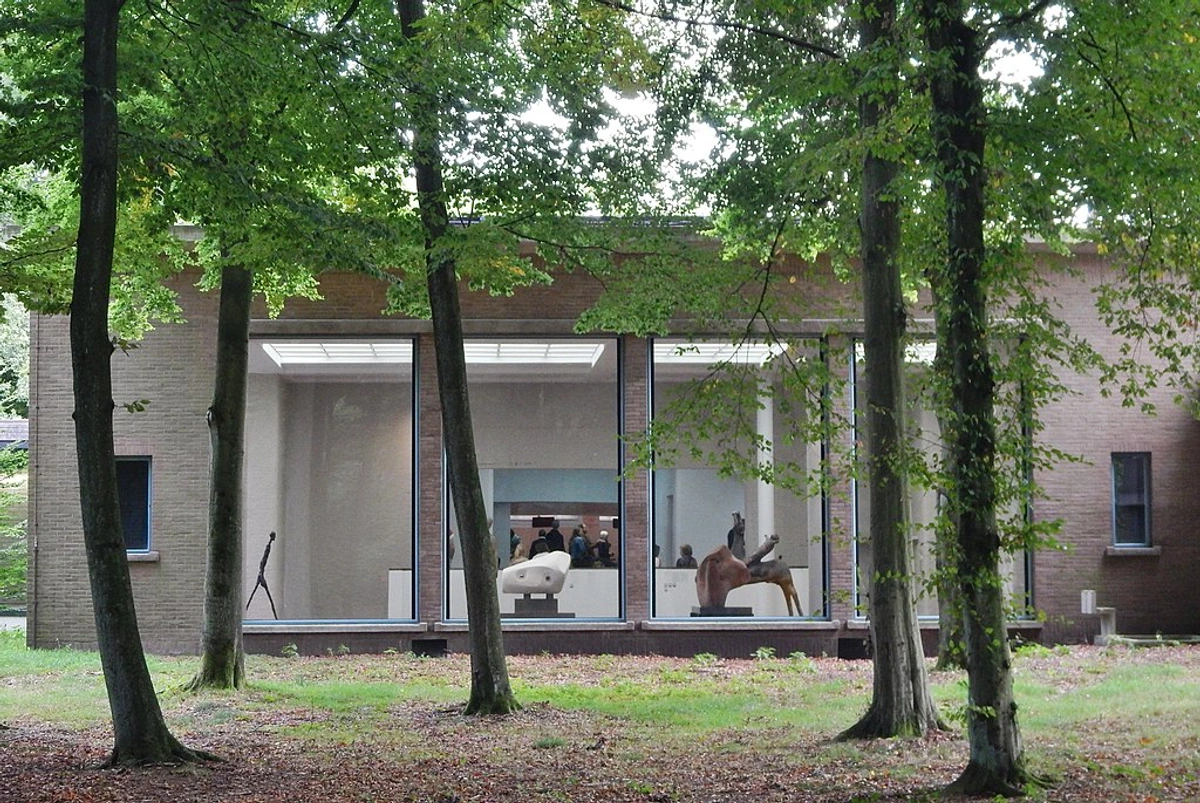
Specialized Museums for the Creative Mind
Beyond the major art history collections, the Netherlands offers museums focusing on specific disciplines that can be incredibly inspiring for artists looking to broaden their horizons or delve into particular crafts. These places highlight the artistry in materials and techniques often outside the traditional painting/sculpture focus.
TextielMuseum (Tilburg)
As mentioned before, this is a must if you're interested in textiles, design, and the intersection of craft and art. Housed in a former factory, it's not just a static display; the 'TextielLab' is a working environment where artists and designers experiment. Seeing the machinery, the materials, and the innovative ways artists are using textiles today is a powerful reminder that art isn't limited to paint and canvas. It makes you think about texture, pattern, and the history of making in a completely different light. It's a fantastic place to see how traditional crafts evolve into contemporary artistic expressions and how material innovation drives creativity. It definitely makes me consider incorporating different textures into my own work. The TextielMuseum is a dynamic hub for textile art and design.
Design Museum Den Bosch
Located in 's-Hertogenbosch (my hometown, incidentally, and home to my own small museum in Den Bosch!), this museum focuses specifically on design, including graphic design, industrial design, and ceramics. It's a great place to see how artistic principles are applied to functional objects and visual communication. For an artist, exploring design can offer fresh perspectives on composition, form, and the relationship between aesthetics and purpose. It highlights how creativity shapes our everyday world, often in ways we don't immediately recognize as 'art'. Seeing the evolution of design objects can also be a lesson in problem-solving and aesthetic choices, relevant to any creative practice. The Design Museum Den Bosch offers insights into the pervasive influence of design.
Nederlands Zilvermuseum Schoonhoven
While perhaps niche, museums dedicated to specific crafts like silverwork (Schoonhoven is known as the 'Silver City') can offer incredible insights into material mastery, historical techniques, and intricate detail. Seeing the skill involved in metalworking, engraving, and shaping precious materials can be deeply inspiring, regardless of your primary medium. It's a reminder of the dedication and precision required in many artistic disciplines and the beauty that can be found in meticulous craftsmanship. It makes you appreciate the 'hand' of the artist in a very tangible way. The Nederlands Zilvermuseum is a testament to the artistry of metalwork.
Exploring Local Art Scenes & Artist Spaces
While the major institutions are incredible, don't overlook the vibrant local art scenes scattered throughout the Netherlands. Many smaller cities and towns have independent galleries, artist-run spaces, and open studios. These are fantastic places to discover emerging artists, see experimental work, and even buy art directly from creators. Checking local listings, art fairs (like the annual KunstRAI in Amsterdam or smaller regional fairs), or simply wandering through neighborhoods known for their creative communities can lead to unexpected and inspiring finds. It's a different energy than the grand museums, often more raw and immediate, and a great way to see what contemporary artists are grappling with today. Plus, supporting local artists is a wonderful way to engage directly with the living art scene. Keep an eye out for 'Open Studio' weekends in various cities – it's a chance to peek into artists' working environments, which I always find fascinating. University galleries can also be hidden gems, showcasing student work or specialized collections. Don't forget to explore artist residency open studios if you have the chance – seeing where artists live and work can be incredibly grounding and inspiring (visiting artist residency open studios). These local spaces offer a direct connection to the pulse of contemporary Dutch art.
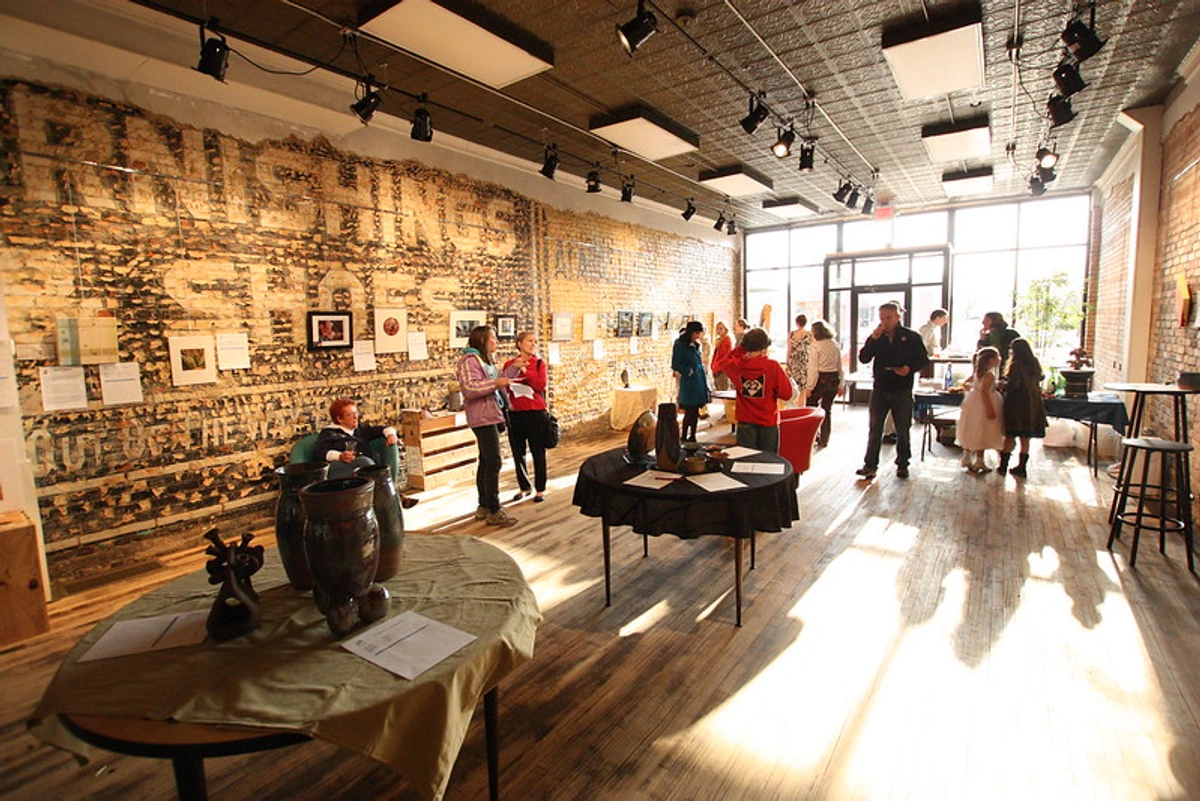
Practical Tips for Your Museum Adventures (Especially for Creatives)
Navigating the Dutch museum landscape can be overwhelming, but a little planning goes a long way, especially if you want to truly immerse yourself as an artist or art lover. Don't worry, it's not as daunting as trying to explain abstract art to your uncle at Christmas dinner (though sometimes it feels close!). Here are some tips specifically tailored for fellow creatives:
- Check Before You Go: Always check the museum's website for current opening hours, ticket prices, temporary exhibitions, and specific rules regarding photography and sketching before your visit. Things change, and you don't want to be disappointed. Temporary exhibitions often feature contemporary artists or specific themes highly relevant to current practice.
- Book Ahead: For major museums like the Rijksmuseum and Van Gogh Museum, booking tickets online well in advance is essential. Time slots often sell out, especially during peak season. Don't be that person stuck outside, sadly looking at the entrance – I've been there, it's not fun. Learn from my mistakes!
- Consider the Museumkaart: If you plan to visit several museums (more than 5-6) during your trip or live in the Netherlands, the Museumkaart is an excellent investment. It gives you free entry to hundreds of museums across the country. It's basically a golden ticket to endless inspiration, allowing you to pop into smaller museums or revisit favorites without worrying about the cost.
- Go Early or Late: Visiting right when the museum opens or in the last few hours before closing can help you avoid the biggest crowds and have a more peaceful experience with the art. Sometimes having a room almost to yourself with a masterpiece is pure magic, allowing for deeper observation.
- Allow Time for Reflection: Don't rush. Find a bench, sit, and really look at a few pieces. What do you notice about the composition, the color, the texture? What does it make you feel? What questions does it raise about the artist's process or intentions? This is where the real magic happens, where the art starts talking back. Pay attention to the display itself – how is the art lit? How is it framed or presented? These are design choices that impact the viewer's experience.
- Sketching and Notes: Most museums allow sketching with pencil and a small notebook. Check their specific rules – some might allow charcoal or colored pencils, others strictly pencil only. Watercolors or ink are usually a no-go due to potential damage. Photography is often allowed for personal use, but check for specific exhibition restrictions. Sketching is an invaluable tool for studying composition and technique; it forces you to really see the structure and form. Look for museums with dedicated seating areas or less crowded corners where you can sit and sketch comfortably. Pay attention to the materials used by the artists you admire; seeing the texture of oil paint up close, the lines of an etching, or the weave of a textile piece can spark ideas for your own material exploration.
- Look Beyond the Famous: While the masterpieces are a draw, spend time exploring other galleries. You might discover a new favorite artist or a piece that speaks to you unexpectedly. Sometimes the quiet corners hold the most personal revelations, away from the selfie crowds. Don't be afraid to wander into sections you might not think are your primary interest – you never know what might spark an idea.
- Check for Workshops and Talks: Many museums offer workshops, lectures, or artist talks. These can provide incredible insights into techniques, art history, and contemporary practice. Check the museum's website or brochure for their schedule. Some museums even have visible conservation labs, offering a fascinating glimpse into the technical side of art preservation.
- Fuel Your Creativity: Museum visits can be mentally stimulating but also tiring. Plan breaks, visit the museum cafe (sometimes they're surprisingly good, offering a quiet spot for sketching or processing thoughts!), and maybe find a nearby park or cafe afterward to sketch or write down your thoughts. Process the experience. Sometimes, after a few hours, my brain feels delightfully full, almost buzzing with images and ideas – that's when it's time for coffee and a sketchpad.
- Observe the Architecture: Don't forget to look at the buildings themselves! Many Dutch museums are housed in stunning historic or modern buildings. The architecture and interior design are often works of art in themselves, influencing how the art is displayed and perceived. Think about the light, the flow of space, the materials used – it's all part of the experience. Berlage's design for the Kunstmuseum Den Haag, for instance, is a masterclass in integrating art and architecture.
- Museum Shops: Don't underestimate the museum shop! They often have excellent art books, prints, and sometimes even unique art supplies or materials inspired by the collections. It's a great place to find resources or small mementos that keep the inspiration going.
- Getting Around: The Dutch train system is excellent for traveling between cities. Most museums are within walking distance of the main train station or easily reachable by tram/bus. Planning your route beforehand can save time and energy. A day ticket or an 'OV-chipkaart' (public transport card) is essential.
- How Much Time? This is the eternal question! For major museums like the Rijksmuseum or Van Gogh, I'd recommend dedicating at least 3-4 hours, especially if you want to sketch or sit and observe. Smaller museums might take 1-2 hours. Don't try to cram too much into one day – museum fatigue is real, and you want to be able to absorb what you see.
Finding Your Own Inspiration
Ultimately, the "best" museum is the one that resonates most deeply with you. Whether it's the grandeur of the Rijksmuseum, the emotional intensity of Van Gogh, the challenging ideas at the Stedelijk, the serene beauty of the Kröller-Müller sculpture garden, or a hidden gem in a smaller city, each place offers a unique opportunity for connection and inspiration.
As an artist, these visits are less about passive viewing and more about active engagement – studying the masters, questioning the contemporaries, and letting the sheer volume of human creativity wash over me. It's a reminder of the long lineage of artists who have grappled with the same questions, used similar materials, and sought to express something true about the world. It makes me feel part of something much bigger than myself. It also offers insights into the presentation and business side of art – how works are displayed, curated, and contextualized, which is valuable knowledge for any contemporary artist. My own small museum in Den Bosch is, in part, a way for me to contribute to this ongoing conversation and share the inspiration I've found.
So, pack your sketchbook (or just your curious mind) and dive in. The museums of the Netherlands are waiting to share their stories with you. And who knows, maybe they'll inspire your next great idea, whether that's a painting, a poem, or just a new way of seeing the world. If you're looking to bring some art into your own space, you can always buy art directly from artists, or explore options like buying art prints for a more accessible way to start your collection.
Happy exploring!
Quick Reference Guide: Key Dutch Museums for Artists
City | Museum Name | Primary Focus | Key Highlights |
|---|---|---|---|
| Amsterdam | Rijksmuseum | Dutch Golden Age, History, Applied Arts | 'The Night Watch' (Rembrandt), 'Girl in Blue' (Vermeer), Dollhouses, Ship Models |
| Amsterdam | Van Gogh Museum | Vincent van Gogh | Largest Van Gogh collection, 'Sunflowers', 'Almond Blossoms' |
| Amsterdam | Stedelijk Museum Amsterdam | Modern & Contemporary Art, Design | Mondrian, Malevich, Warhol, changing exhibitions |
| Amsterdam | Foam | Photography | Diverse historical & contemporary photo exhibitions |
| Amsterdam | Rembrandt House Museum | Rembrandt's Life & Studio | Etching studio, collection of curiosities, historical setting |
| The Hague | Mauritshuis | Dutch Golden Age Painting | 'Girl with a Pearl Earring' (Vermeer), works by Rembrandt, Steen, Hals |
| The Hague | Kunstmuseum Den Haag | Modern Art, Design, De Stijl, Art Deco | Largest Mondrian collection ('Victory Boogie Woogie'), Berlage architecture |
| The Hague | Escher in Het Paleis | M.C. Escher | Prints, impossible constructions, tessellations, palace setting |
| Rotterdam | Nederlands Fotomuseum | Dutch Photography | Historical archives, contemporary photography |
| Rotterdam | Museum Boijmans Van Beuningen | Diverse (Middle Ages to Contemporary) | Bosch, Bruegel, Rembrandt, Van Gogh, Dalí (currently renovating) |
| Utrecht | Centraal Museum | Old Masters (Utrecht Caravaggisti), Modern, Design, City History | Dramatic chiaroscuro, diverse collections |
| Haarlem | Frans Hals Museum | Frans Hals & Haarlem Golden Age Painters | Expressive portraits, alla prima technique |
| Otterlo | Kröller-Müller Museum | Van Gogh, Sculpture Garden | Second largest Van Gogh collection, outdoor sculpture park |
| Tilburg | TextielMuseum | Textiles, Design, Industrial Heritage | Working TextielLab, historical & contemporary textile art |
| 's-Hertogenbosch | Design Museum Den Bosch | Design (Graphic, Industrial, Ceramics) | Focus on applied artistic principles |
| Schoonhoven | Nederlands Zilvermuseum | Silverwork, Craft, History | Material mastery, historical techniques |
| Leiden | Museum De Lakenhal | Old Masters (Rembrandt, Steen), Contemporary, City History | Leiden School painters, historical building |
| Maastricht | Bonnefantenmuseum | Medieval Sculpture, Old Masters, Contemporary | Striking architecture, regional art focus |


